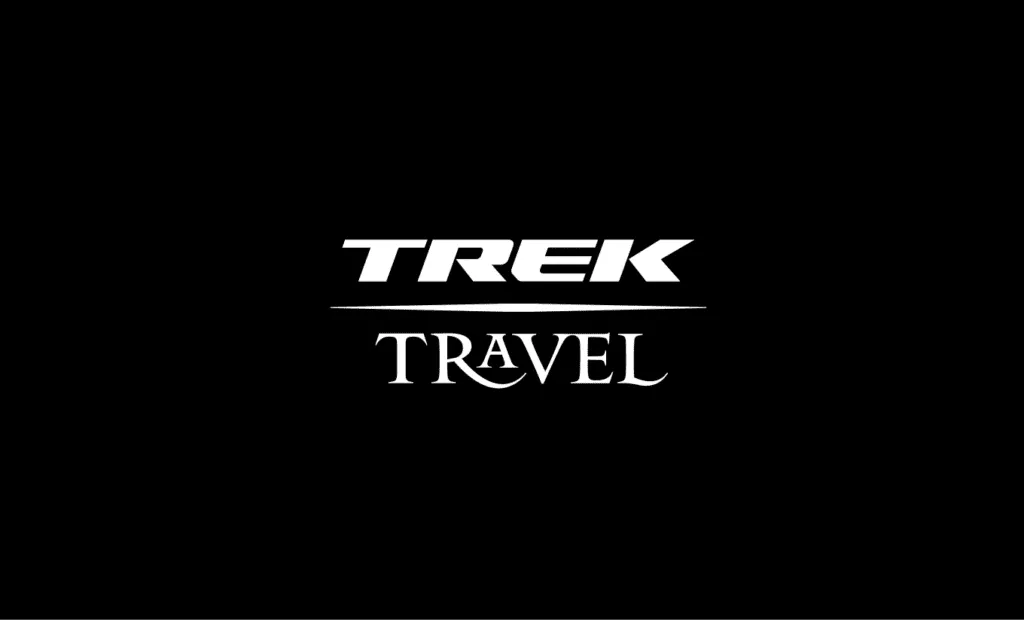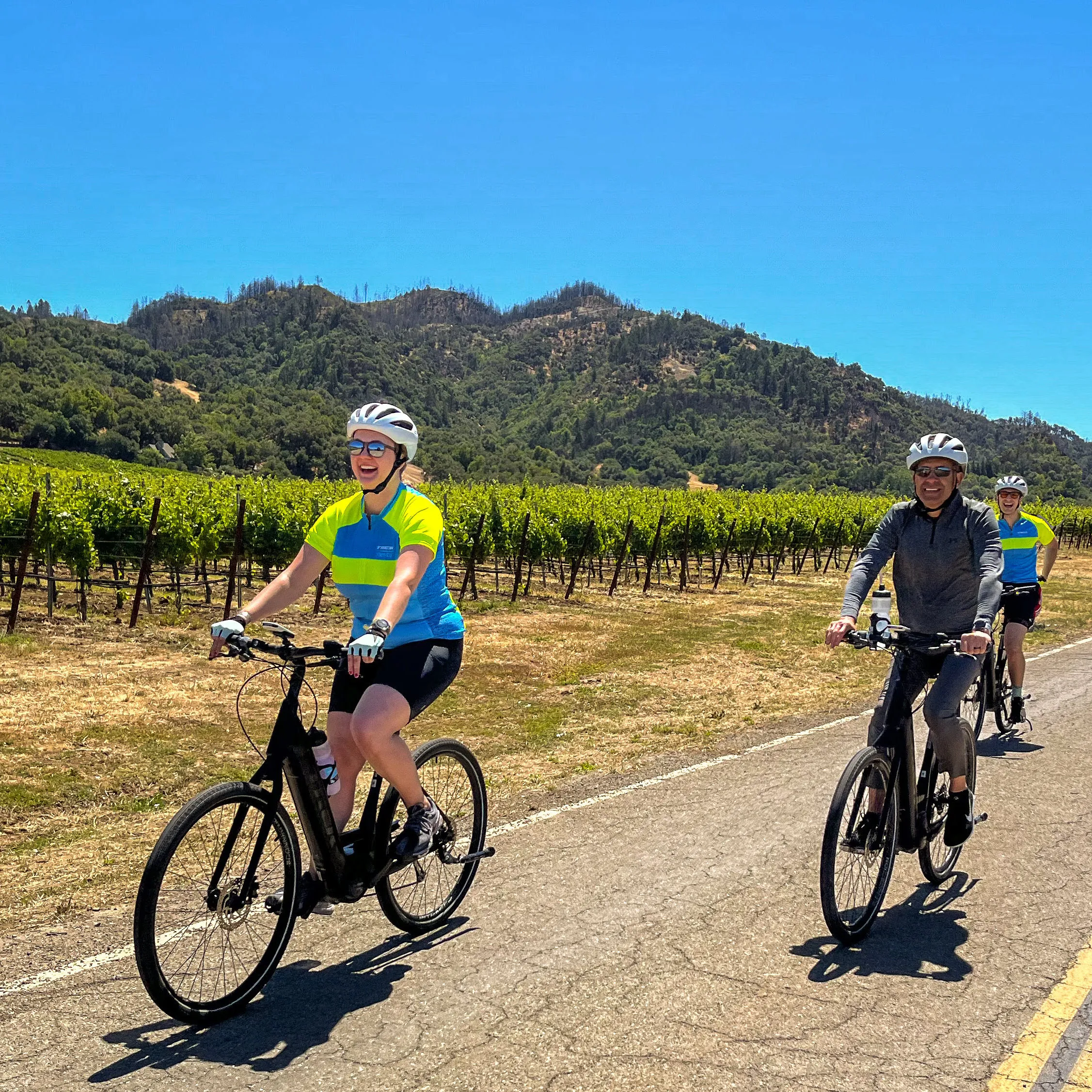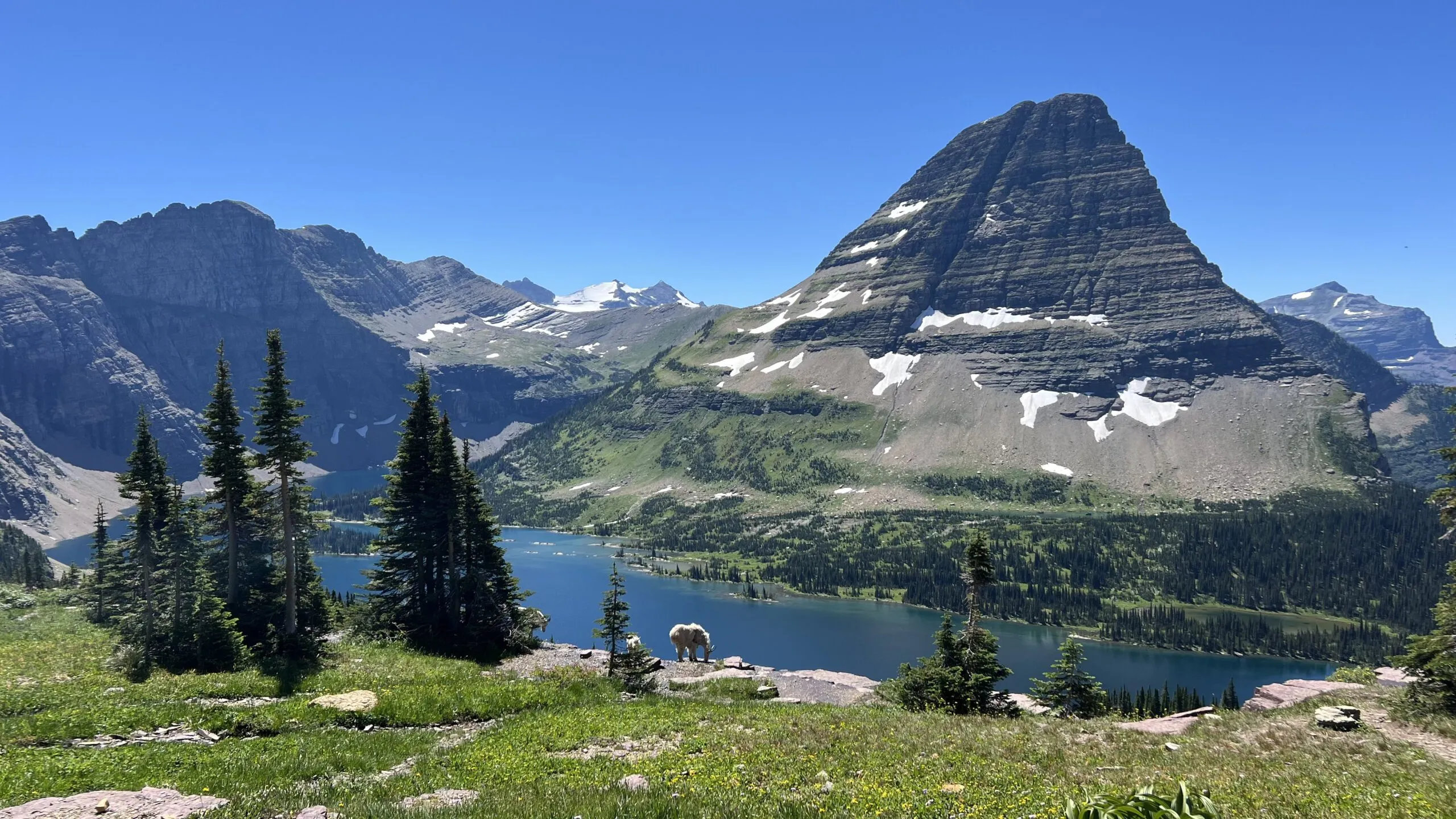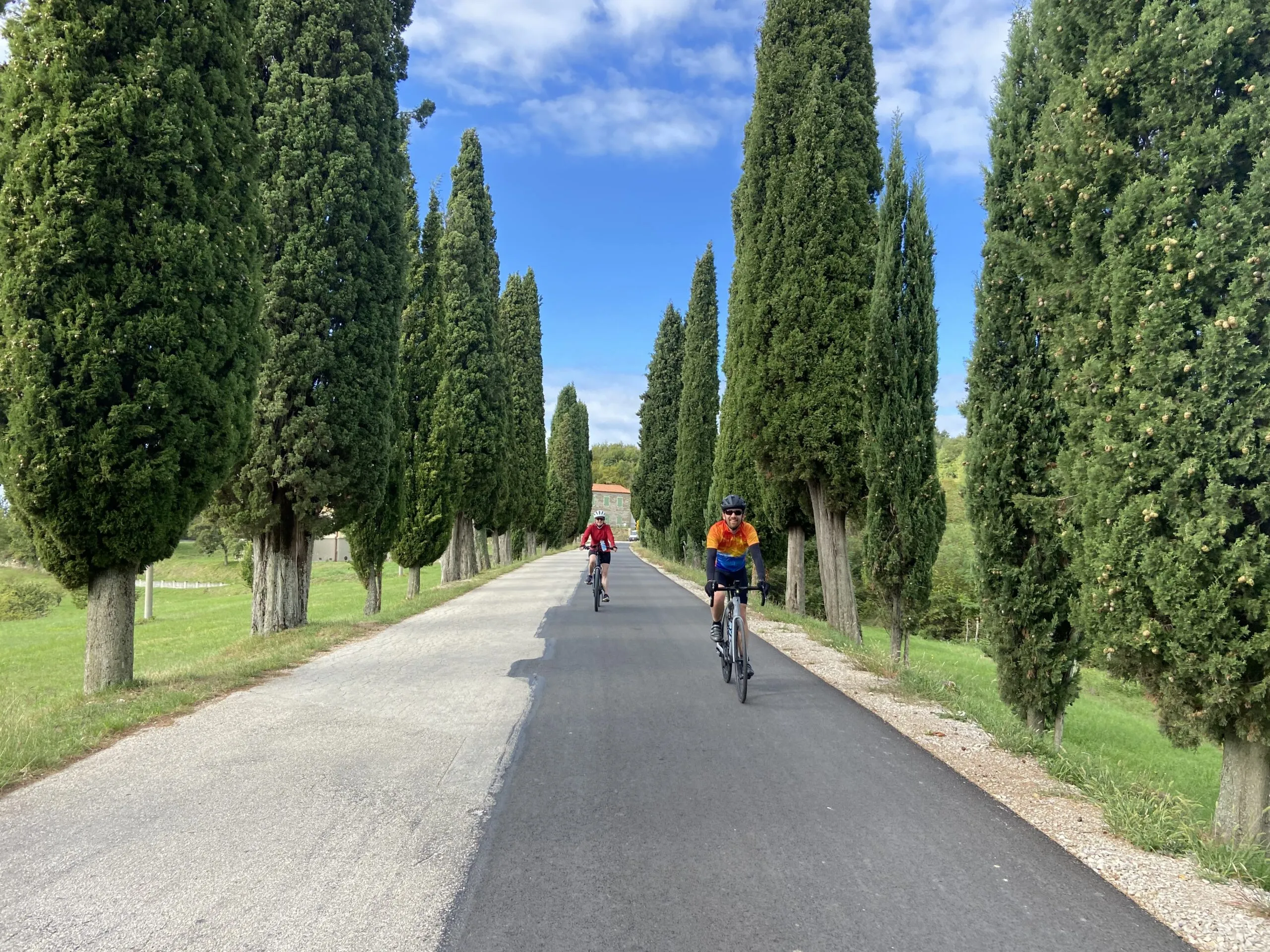Trek Travel doesn’t mess around when it comes to weeding out less-than-ideal candidates. Here’s an inside look at the process.
This article was written by Jeff Haden and originally published on Inc.com

Ultimately the success of your company depends on the quality of your employees. That means how you hire makes all the difference.
Here’s another in my series where I pick a topic and connect with someone a lot smarter than me.
This time I talked to Tania Burke, President of Trek Travel, a full-service cycling vacation company that offers trips in the U.S., Europe, Asia, and Latin America, about hiring remote employees who can deliver outstanding customer service in complex and diverse environments.
You put prospective trip guides through one of the toughest hiring processes I’ve seen.
It has to be. Think of the skills a guide needs: They need to be bike mechanics, strong riders, speak foreign languages, have travel experience–and first and foremost have outstanding customer service skills. The combination is a pretty rare package.
Our guides are 24/7 during trips. Meeting requirements is fine, but the candidates who rise to the top are people who can take customer service to the next level, the people who find ways to wow customers.
Forty percent of our business is repeat customers and another 30 percent is referral based, and that’s a testament to customer service. Our guides are the face of our company.

Conventional wisdom says employers should make it really easy for people to apply in order not to lose some great candidates who bail because the process is too much work. You take the opposite approach.
A lot of people want to be trip guides simply because they want to spend time cycling in Europe. So we have the application tool on our website, but we create a lot of hoops for applicants to jump through in order to weed out the casual applicants. We make people work just to submit an application.
Then what happens?
Then we do two or three Skype video interviews with different people at our company. That lets us narrow the list to a certain number who come to our headquarters in Madison, Wisconsin, for a full-day hiring event.
We’re looking for an all-around blend of skills, so that day each candidate takes part in language testing, role-playing exercises, public speaking, language testing, food preparation, bike mechanic testing. We have one staff member to every two applicants engaged in evaluating them.
Finally we have cocktails and dinner, which sometimes is the most telling part of the day. Seeing how candidates interact with small and larger groups is really important, especially since our guides spend a lot of time with customers off the bike.

And your candidates are still not done.
After the one-day event we select a few people to be guides. They then go through a 10-day training program. They’re still being evaluated, because they aren’t officially hired until they make it through that program.
For 10 days they drive a van and trailer, do more public speaking, conduct a mock trip, and manage that group. One thing you can’t see in the hiring process is how people will deal with an intense experience for a long period of time. So they’re up until 11.30 p.m. at night, back up at 6 a.m. to prep the bikes for that day… in the field some of our guides do that for three weeks in a row with no days off. We try to mimic that experience in our training, both to help guides develop skills and to ensure we’re making the right decision.
Some people make it through training successfully yet still decide not to take the job. There’s no way to know if you’ll love a job until you do that job for a while, so we try to give candidates that experience so they can also make the right decision.
You really have to want the job. Some people will go through the whole process and think, “Um, I’m not sure this is really what I want.” Some of them say it’s like being on “Survivor.”
I would think that would pay dividends in terms of retention. Sure, you’re spending more on the process up front but that pays off on the back end.
Our guides stay with us for a long time. Over a decade later, five of our original guides are still with us. Another crop is about to hit the 10-year mark. Our average guide has been with us more than five years; the industry average is probably around three years.
It’s a challenging lifestyle. You don’t travel home a lot, you could be gone for six months at a time or longer, because often guides will go someplace else in Europe between trips.

Aside from what they do during the trip, are there ways guides can extend the customer service ethos after the trip?
Because so much of our business is repeat, we can build comprehensive customer profiles. Guides send us information on each customer; maybe one thinks he’s a Level 3 but he’s actually a Level 4 and would really enjoy a fast, challenging trip. They also send back bike measurements so we can pre-set bikes next time.
The goal is to collect as much customer information, including preferences, interests, etc, so the process is as seamless as possible the next time.
You also put a lot of trust in your employees to develop new destinations, itineraries, etc.
We determine new destinations about two years out. Say we want to set up a trip in Andalucia in southeast Spain. We do some research, find out a little more about the region, talk to our guides to see if they’ve spent time there… just to start gathering input.
Trek (the bike manufacturer and one-time parent company, which spun off the business in 2007) also has resources we can tap.
Then we put someone on the ground and they do a week to 10 days worth of research. They check out hotels, do site visits, drive the routes, and most importantly evaluate safety. Safety trumps everything: We don’t want to put people on busy roads, so we work hard to find the absolute best and safest places to ride, and the best people to evaluate the quality and safety of a ride are experienced guides.
Then we go back again and put the fine details on the trip: Maybe we find a local farmer who will give us a cheese production tour. Maybe it’s a winery, maybe it’s a cool cooking school, maybe it’s an olive farm. Then we focus on the food experience: Where are the best restaurants?
Ratings don’t tell you anything. You have to go. You have to see and feel and taste–and you have to have experience leading awesome trips to put together an awesome trip.

DO YOU HAVE WHAT IT TAKES? APPLY TODAY»










































